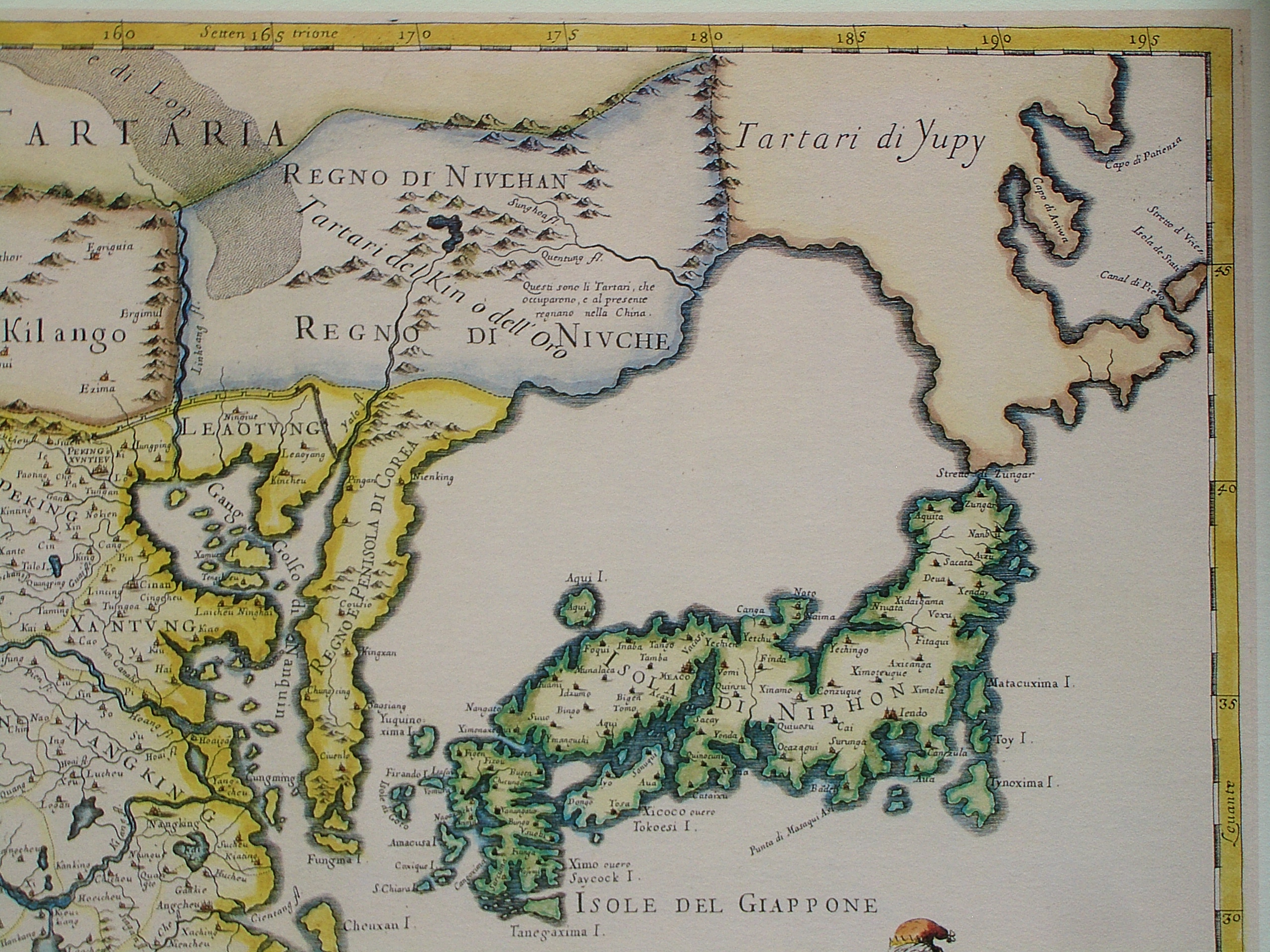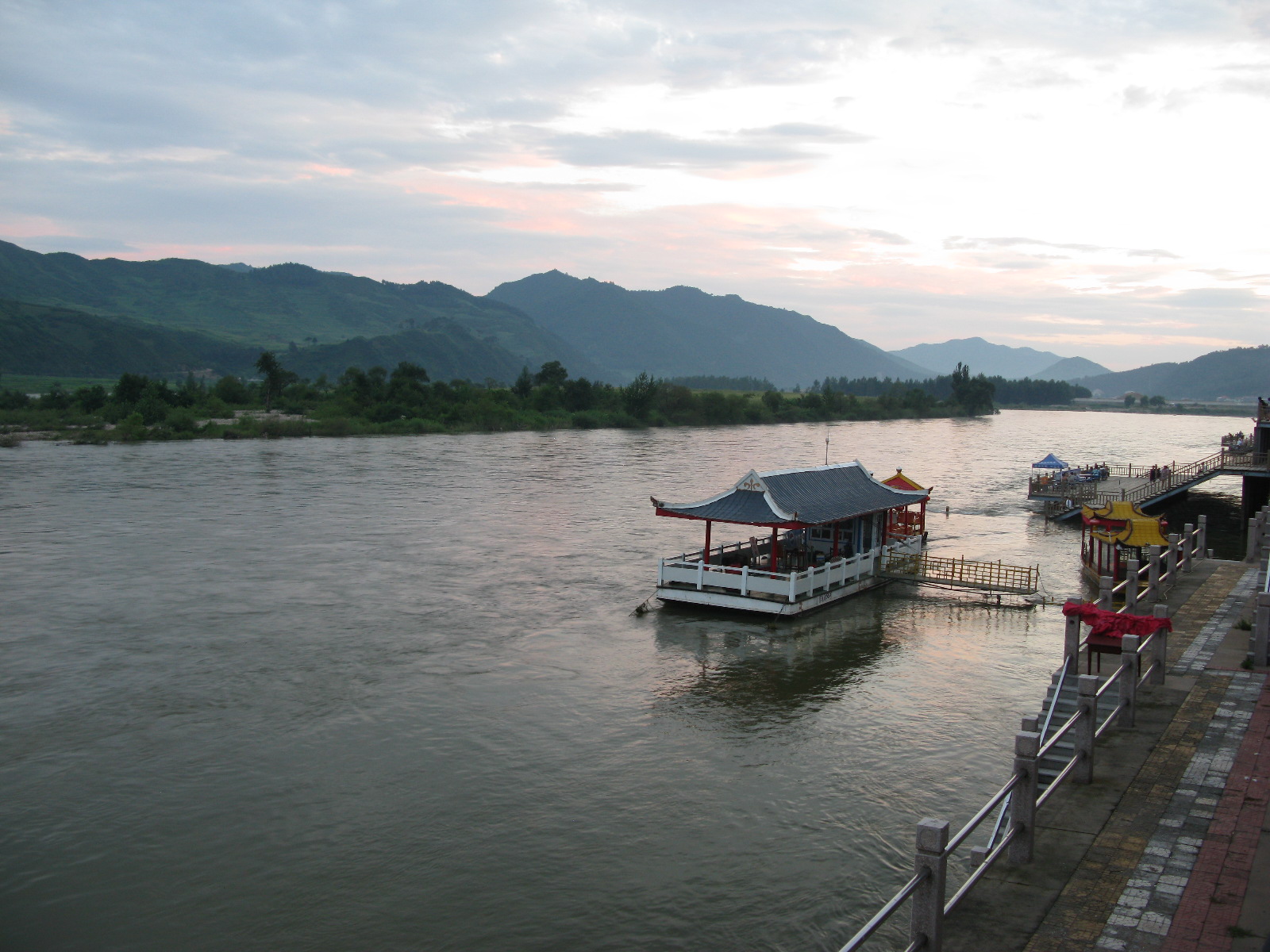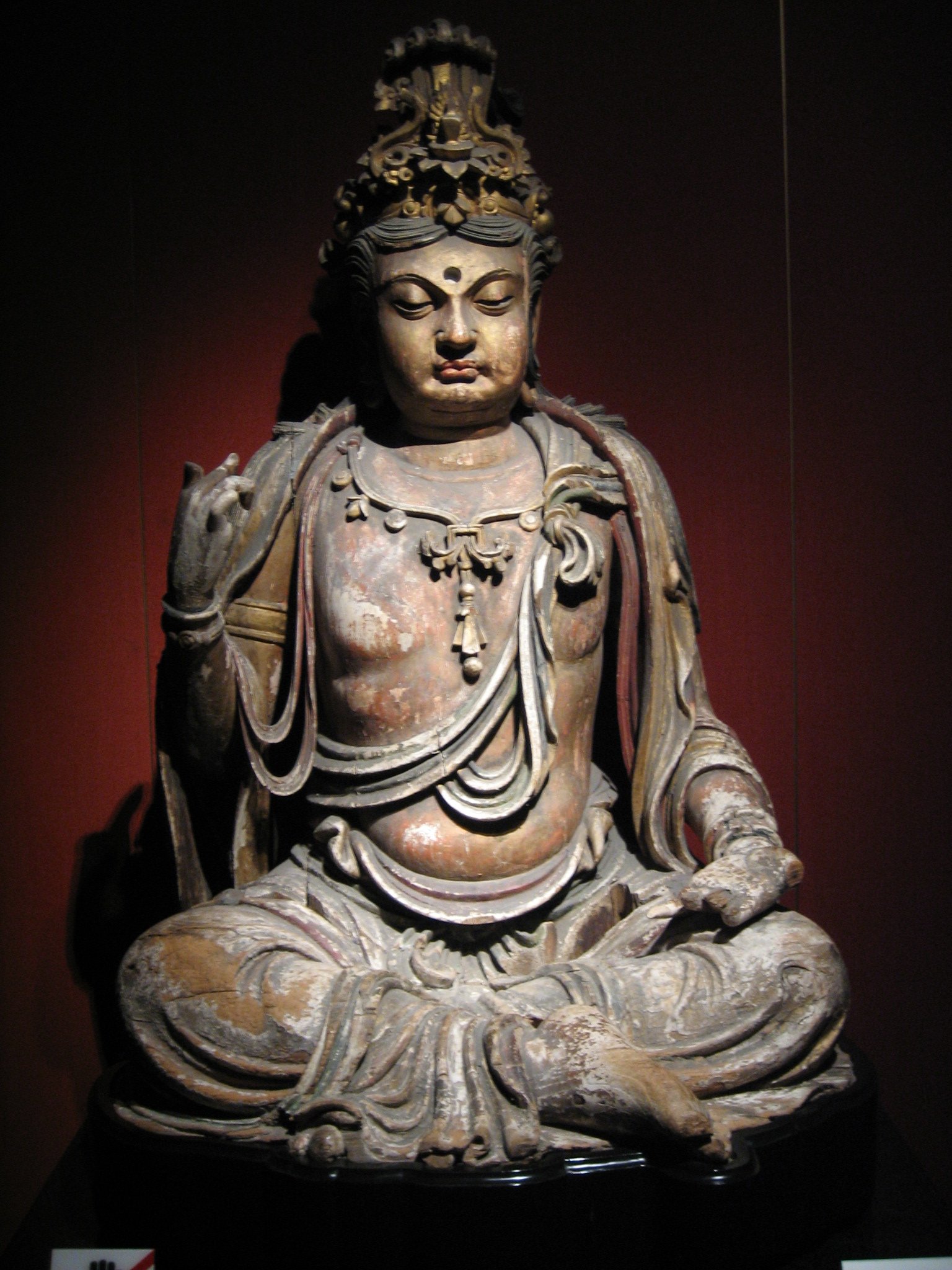|
Dandong
Dandong (), formerly known as Andong, is a coastal prefecture-level city in southeastern Liaoning province, in the northeastern region of People's Republic of China. It is the largest Chinese border city, facing Sinuiju, North Korea across the Yalu River, which demarcates the Sino-North Korean border. To the southwest of the city, the river flows into Korea Bay. Dandong has therefore had a dynamic history because of its strategic location for the northeast's rich natural resources and because of its convenient access to the ocean. It is designated as a major export production centre for the province, and is a port city connected by rail with Shenyang and Sinuiju. A significant amount of trade with North Korea flows through the city. Kanto, Dick K. and Mark E. Manyin. ''China-North Korea Relations''. DIANE Publishing. December 28, 2010.10 Retrieved from Google Books on October 23, 2012. , 9781437985115. The size of the administrative city (prefecture) is . As of the 2020 ... [...More Info...] [...Related Items...] OR: [Wikipedia] [Google] [Baidu] |
Liaoning Province
Liaoning () is a coastal province in Northeast China that is the smallest, southernmost, and most populous province in the region. With its capital at Shenyang, it is located on the northern shore of the Yellow Sea, and is the northernmost coastal province of the People's Republic of China. Historically a gateway between China proper and Manchuria, the modern Liaoning province was established in 1907 as Fengtian or Fengtien province and was renamed Liaoning in 1929. It was also known at that time as Mukden Province for the Manchu name of ''Shengjing'', the former name of Shenyang. Under the Japanese-puppet Manchukuo regime, the province reverted to its 1907 name, but the name Liaoning was restored for a brief time in 1945 and then again in 1954. Liaoning borders the Yellow Sea ( Korea Bay) and Bohai Sea in the south, North Korea's North Pyongan and Chagang provinces in the southeast, Jilin to the northeast, Hebei to the southwest, and Inner Mongolia to the northwest. The ... [...More Info...] [...Related Items...] OR: [Wikipedia] [Google] [Baidu] |
Liaoning
Liaoning () is a coastal province in Northeast China that is the smallest, southernmost, and most populous province in the region. With its capital at Shenyang, it is located on the northern shore of the Yellow Sea, and is the northernmost coastal province of the People's Republic of China. Historically a gateway between China proper and Manchuria, the modern Liaoning province was established in 1907 as Fengtian or Fengtien province and was renamed Liaoning in 1929. It was also known at that time as Mukden Province for the Manchu name of ''Shengjing'', the former name of Shenyang. Under the Japanese-puppet Manchukuo regime, the province reverted to its 1907 name, but the name Liaoning was restored for a brief time in 1945 and then again in 1954. Liaoning borders the Yellow Sea (Korea Bay) and Bohai Sea in the south, North Korea's North Pyongan and Chagang provinces in the southeast, Jilin to the northeast, Hebei to the southwest, and Inner Mongolia to the northw ... [...More Info...] [...Related Items...] OR: [Wikipedia] [Google] [Baidu] |
Zhenxing District
Zhenxing District () is a district of the city of Dandong, Liaoning, People's Republic of China. Administrative Divisions There are nine subdistricts and one town A town is a human settlement. Towns are generally larger than villages and smaller than city, cities, though the criteria to distinguish between them vary considerably in different parts of the world. Origin and use The word "town" shares ... in the district. Subdistricts: * Yongchang Subdistrict (), Liudaogou Subdistrict (), Toudao Bridge Subdistrict (), Xianwei Subdistrict (), Linjiang Subdistrict (), Huayuan Subdistrict (), Zhanqian Subdistrict (), Maokuishan Subdistrict (), Xicheng Subdistrict () The only town is Tangchi () Education Eaglebridge International School is in the district. [...More Info...] [...Related Items...] OR: [Wikipedia] [Google] [Baidu] |
Yalu River
The Yalu River, known by Koreans as the Amrok River or Amnok River, is a river on the border between North Korea and China. Together with the Tumen River to its east, and a small portion of Paektu Mountain, the Yalu forms the border between North Korea and China. Its valley became the scene of several military conflicts in the past centuries. Name Two theories are given regarding the origin of the river's name. One theory is that the name derived from ''Yalu ula'' () in the Manchu language. The Manchu word ''yalu'' () means "the boundary between two countries". In Mandarin Chinese, phonetically approximates the original Manchu word, but literally means "duck green", which was said to have been once the color of the river. The other theory is that the river was named after the combination of its two upper branches, which were called "" ( or'' Ap'') and "" ( or ''R''(or ''n'')''ok'')", respectively. Revised Romanization of Korean spelled it (; "Amnok River") and Revised ... [...More Info...] [...Related Items...] OR: [Wikipedia] [Google] [Baidu] |
Sinuiju
Sinŭiju (''Sinŭiju-si'', ; known before 1925 in English as Yeng Byen City) is a city in North Korea which faces Dandong, Liaoning, China across the international border of the Yalu River. It is the capital of North P'yŏngan province. Part of the city is included in the Sinŭiju Special Administrative Region, which was established in 2002 to experiment with introducing a market economy. In recent years, the city, despite lagging behind the development in the capital Pyongyang, has seen a small construction boom and increasing tourism from China. Geography Sinŭiju is bordered by the Amnok River, and by P'ihyŏn and Ryongch'ŏn counties. The city's altitude is 1 metre (4 feet) above sea level. There are several islands at the mouth of the Amnok River - Wihwa-do, Rim-do, Ryuch'o-do and Tongryuch'o-do. Administrative divisions Sinuiju city is the heart of the Sinuiju Special Administrative Region. The city is currently divided into 49 '' tong'' (neighbourhoods) and ... [...More Info...] [...Related Items...] OR: [Wikipedia] [Google] [Baidu] |
Shenyang
Shenyang (, ; ; Mandarin pronunciation: ), formerly known as Fengtian () or by its Manchu name Mukden, is a major Chinese sub-provincial city and the provincial capital of Liaoning province. Located in central-north Liaoning, it is the province's most populous city, with a total population of 9,070,093 inhabitants as of the 2020 census. Among the resident population of the city, the male population is 4,521,021, accounting for 49.85%; the female population is 4,549,072, accounting for 50.15%. The sex ratio of the total population (with women as 100, the ratio of men to women) dropped from 102.10 in the sixth national census in 2010 to 99.38. Its built-up (or metro) area encompassing 8 Shenyang urban districts and the 4 Fushun urban districts, was home to 8,192,848 inhabitants in 2020. It is also the largest city in Northeast China by urban population, with 7.49 million people (2020 census). Shenyang is also the central city of one of the major megalopolises in China, the Gr ... [...More Info...] [...Related Items...] OR: [Wikipedia] [Google] [Baidu] |
Dalian
Dalian () is a major sub-provincial port city in Liaoning province, People's Republic of China, and is Liaoning's second largest city (after the provincial capital Shenyang) and the third-most populous city of Northeast China. Located on the southern tip of Liaodong peninsula, it is the southernmost city in both Liaoning and the entire Northeast. Dalian borders the prefectural cities of Yingkou and Anshan to the north and Dandong to the northeast, and also shares maritime boundaries with Qinhuangdao and Huludao across the Liaodong Bay to west and northwest, Yantai and Weihai on the Shandong peninsula across the Bohai Strait to the south, and North Korea across the Korea Bay to the east. As of the 2020 census, its total population was 7,450,785 inhabitants whom 5,106,719 lived in the built-up (or metro) area made of 6 out of 7 urban districts, Pulandian District not being conurbated yet. Today a financial, shipping, and logistics center for East Asia, Dalian has ... [...More Info...] [...Related Items...] OR: [Wikipedia] [Google] [Baidu] |
Benxi
Benxi (, ) is a prefecture-level city located in the east of Liaoning province, People's Republic of China, south-southeast of the provincial capital Shenyang. As of the 2020 census, its population was 1,326,018 (1,709,538 in 2010) whom 809,655 lived in the built-up area made of 3 urban districts (Pingshan, Xihu and Mingshan). It was founded as a metallurgical center in 1915. Benxi Iron and Steel Company (Bengang) is the largest employer in the city, and used to be the fourth-largest steel company in China. The second-largest industry in Benxi is coal mining. The city has pollution problems due to steel production and coal mining. During the disaster of Air France flight AF447, Benxi Iron and Steel Company lost 5 employees, including the executive Chen Chiping who was the wife of Liaoning's provincial governor. History As early as 400,000 years ago, there were people living in Benxi prefecture, which was indicated by Miaohou Mountain ruins with human fossils and stone tools ... [...More Info...] [...Related Items...] OR: [Wikipedia] [Google] [Baidu] |
Anshan, Liaoning
Anshan () is an inland prefecture-level city in central-southeast Liaoning province, People's Republic of China, about south of the provincial capital Shenyang. As of the 2020 census, it was Liaoning's third most populous city with a population of 3,325,372 people, over an area of about spanning from east to the west. Its built-up area encompassing the 4 Anshan urban districts (1,543,696 inhabitants), the 4 out of 5 urban Liaoyang districts (796,962 inhabitants, Gongchangling not being conurbated yet) and Liaoyang county largely being conurbated, was home to 2,712,789 million inhabitants in 2020. The city's name came from the horse saddle-like shape of a nearby mountain south of the city, which can be seen on the left (west) about five minutes before the northbound train arrives at Anshan railway station. Anshan is home to the Anshan Iron and Steel Group, one of the largest steel producers in China. Anshan is sister city with Sheffield, United Kingdom. Anshan holds on ... [...More Info...] [...Related Items...] OR: [Wikipedia] [Google] [Baidu] |
Liaodong Peninsula
The Liaodong Peninsula (also Liaotung Peninsula, ) is a peninsula in southern Liaoning province in Northeast China, and makes up the southwestern coastal half of the Liaodong region. It is located between the mouths of the Daliao River (the historical lower section of the Liao River) in the west and the Yalu River in the east, and encompasses the territories of the whole sub-provincial city of Dalian and parts of prefectural cities of Yingkou, Anshan and Dandong. The word "Liaodong" literally means "Liao region's east", referring initially to the Warring States period Yan commandery of Liaodong, which encompassed an area from modern Liaoning-Jilin border in the north to the Chongchon River on the Korean Peninsula in the south, and from just east of the Qian Mountains to a now-disappeared large wetland between the western banks of middle Liao River and the base of Yiwulü Mountain, historically known as the "Liao Mire" (遼澤, ''Liáo zé'') roughly in betwee ... [...More Info...] [...Related Items...] OR: [Wikipedia] [Google] [Baidu] |
Korea Bay
The Korea Bay, sometimes the West Korea Bay (; ; or ), is a bight and the northern extension of the Yellow Sea, between the southeastern coastline of China's Liaoning province and the western coastline of North Korea's North Pyongan, South Pyongan and South Hwanghae provinces. It is separated from the Bohai Sea by the Liaodong Peninsula, with Dalian's Lüshunkou District marking its western end, and westernmost tip of North Korea's Ryongyon County as its eastern end. The Yalu (Amnok) River, which marks the western two-thirds of the China–North Korea border, empties into the Korea Bay between Dandong (China) and Sinŭiju (North Korea). The Chongchon River and Taedong River also drains into the Korea Bay at Sinanju and Nampo Nampo (North Korean official spelling: Nampho; ), also spelled Namp'o, is the second largest city by population and an important seaport in North Korea, which lies on the northern shore of the Taedong River, 15 km east of the river' ... [...More Info...] [...Related Items...] OR: [Wikipedia] [Google] [Baidu] |
Northeast China
Northeast China or Northeastern China () is a geographical region of China, which is often referred to as "Manchuria" or "Inner Manchuria" by surrounding countries and the West. It usually corresponds specifically to the three provinces east of the Greater Khingan Range, namely Liaoning, Jilin, and Heilongjiang, but historically is meant to also encompass the four easternmost prefectures of Inner Mongolia west of the Greater Khingan. The heartland of the region is the Northeast China Plain, the largest plain in China, with an area over . It is separated from Russian Far East to the north by the Amur, Argun, and Ussuri rivers; from Korea to the south by the Yalu and Tumen Rivers; and from Inner Mongolia to the west by the Greater Khingan and parts of the Xiliao River. Due to the shrinking of its once-powerful industrial sector and decline of its economic growth and population, the region is often referred to as China's Rust Belt. As a result, a campaign named Nort ... [...More Info...] [...Related Items...] OR: [Wikipedia] [Google] [Baidu] |




.jpg)



